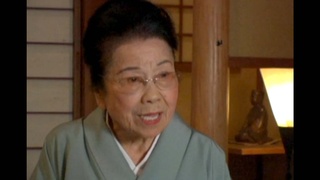Interviews
Practicing in the US
Well, I think a significance of my practice in the United States is very my egoistic desire to make Japanese garden in oversea. I believe still Japanese garden has a tremendous value to other people in the nation, in the world. So, that’s why I like to really do this continuously doing this one, design and then practice one of them, education too.
So, now I like to provide the opportunity, learning opportunity for American people for now on. And I’m inviting some of the very distinguished master gardeners from Kyoto, working with me, and we are going to do that various places, different states. That’s one of my, one of my dream, education in the future.
Date: August 10, 2016
Location: California, US
Interviewer: Sojin Kim, John Esaki
Contributed by: Watase Media Arts Center, Japanese American National Museum




